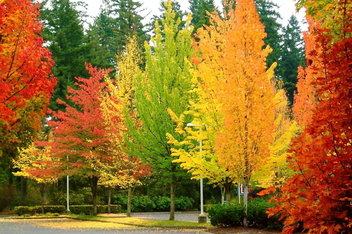|
Circa 2002
0 Comments
Circa 2002 Ever wonder what happens in the Fall to make tree leaves turn the brilliant colors -- red, yellow, and gold? There are several processes that take place to produce these colorful changes. |
AuthorsCurrent and former staff members have contributed to our newsletter over the years. Now the articles are available to view here on our blog Categories
All
|
© 2024 Ski Landscape Corporation - Website by Day Design



 RSS Feed
RSS Feed